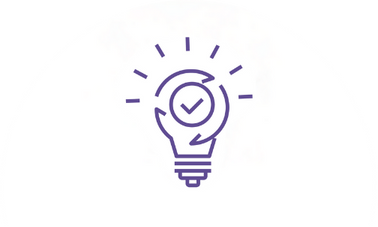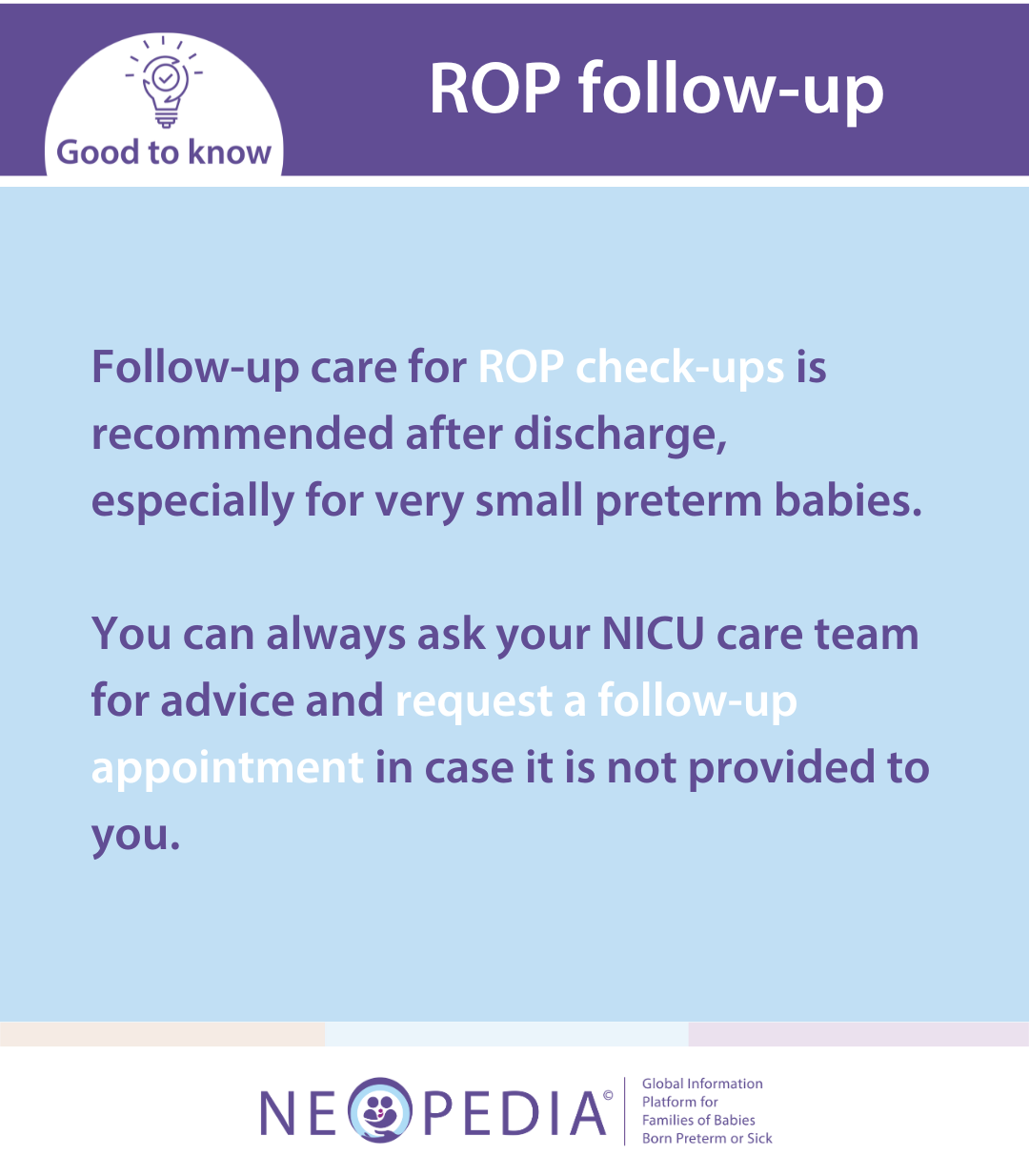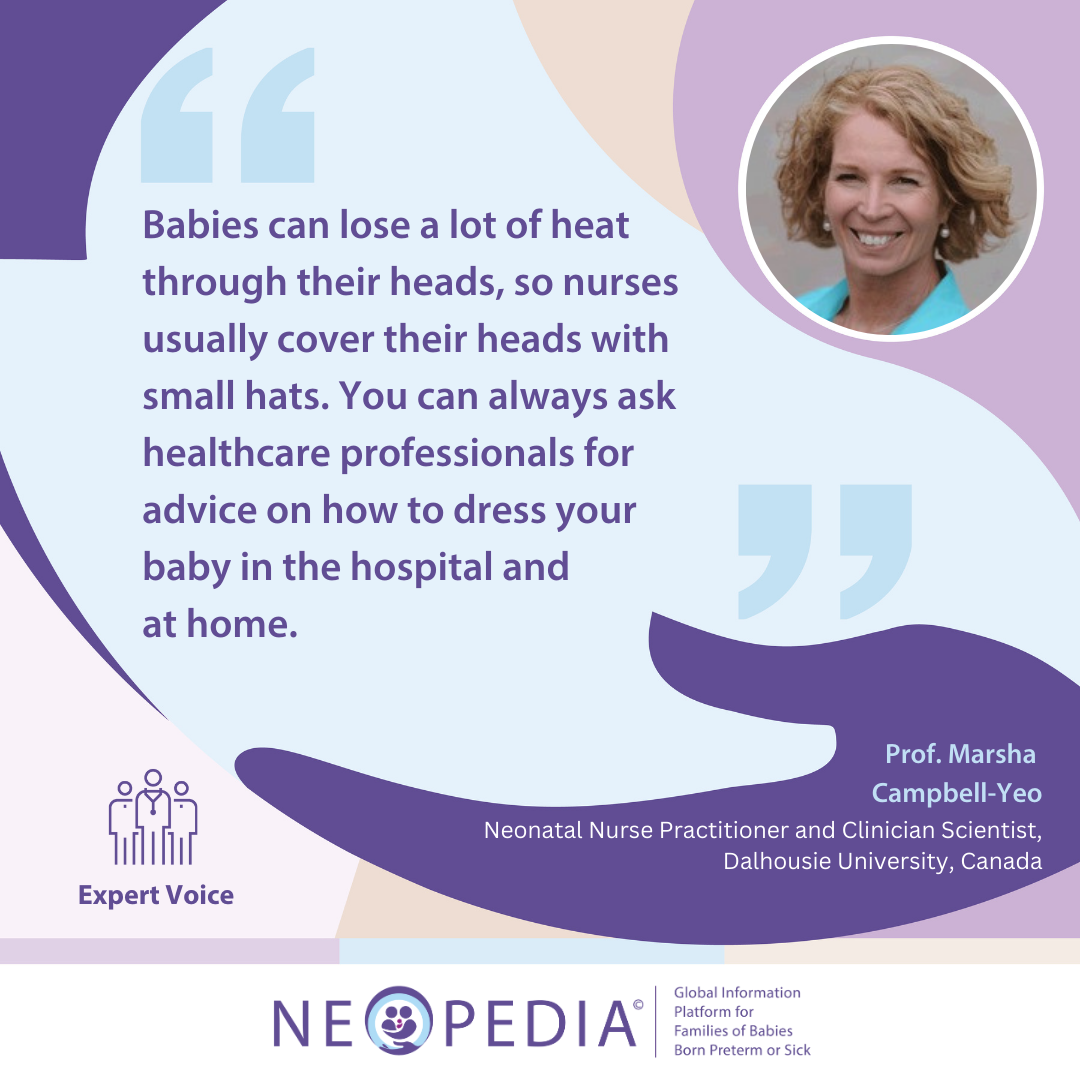Every baby in the NICU needs special care, from keeping warm in an incubator⍰ bed to using a ventilator⍰ for breathing help. Each baby undergoes different medical procedures and treatments to check their condition and track progress. In the following we will explain some of these procedures.
Some of the tests and procedures your baby may have in the NICU can seem scary. But remember, you can always ask the nurses and doctors for explanations and more information if you feel unsure or need support.
You may also be worried about how much pain certain test and procedures are causing your baby and how you could help them. Read more about pain management and how you can support your baby.
In the NICU, you may be overwhelmed with new information at a time that may already be stressful for you. Therefore, please consider reading only the information that is relevant to you and your little one(s).

Similar to an intravenous line or drip but using an artery (a blood vessel that carries blood from the heart to other parts of the body) instead of a vein (a tube inside your body that carries blood back to your heart from different parts of your body). It is a more challenging procedure and takes longer to insert. This small tube is used to continuously monitor blood pressure⍰ or take blood samples⍰.
Blood tests are very common in the NICU. Blood can be taken from an artery, the umbilical cord⍰, a heel, or a vein, usually in the hand foot or scalp. Monitoring blood closely helps spot problems early. A blood test on admission checks blood gases⍰ to see if a baby needs extra oxygen, mechanical ventilation⍰, or sugar.
You might worry about how much pain your baby is in during tests and procedures. Read more about pain management and how you can help.
Often needed, especially for preterm babies, to keep a safe level of hemoglobin (part of red blood cells that carries oxygen around your body). Donor blood is carefully screened in the blood bank to ensure it is free from viruses.
In the NICU, there are a couple of medical procedures used to help babies breathe. One is called endotracheal intubation, where a tube is gently placed through the baby’s nose or mouth into their main airway to assist with breathing. This tube is securely taped to the baby’s face to keep it in place. If the tube becomes blocked or the baby pulls it out, it might need to be replaced.
Another procedure is called mechanical ventilation⍰, and it involves using a ventilator, a machine that delivers breaths and oxygen through the tube. The ventilator can either take over the baby’s breathing completely or support their own breathing efforts. The settings on the ventilator can be adjusted to provide the right amount of oxygen and air pressure the baby needs. Also, CPAP (continuous positive airway pressure)⍰ can help preterm babies with breathing problems. This method lets the baby breathe on their own because the tube only goes to their throat, not into their lungs like full intubation.
If your baby seems unwell and infection is suspected, various tests are done including blood and urine tests, a spinal tap⍰, and sometimes a chest X-ray⍰ to look for pneumonia⍰. While waiting for results, antibiotics⍰ are usually started. If no infection is found, they may be stopped.
Sometimes preterm or sick babies develop pneumothorax, a condition where air leaks into the chest cavity. To help the lungs expand, a small tube is inserted into the chest for a few days to remove trapped air or fluid. You might also hear this procedure called "intercostal drain insertion".
An echocardiogram is a test that uses sound waves to create pictures of the heart. It helps the NICU care team see how well the heart and large blood vessels are working. This test is important for preterm and sick babies to ensure their hearts are healthy.
An electrocardiogram (ECG) is a test that measures the heart's electrical signals and activity. It shows the heart's rhythm and helps identify any irregularities. This test is often used to monitor the heart's condition in preterm and sick babies.
Many neonatal units now use point-of-care ultrasound (POCUS) as a bedside tool to examine various organs, including the lungs, heart, head, and gut. POCUS provides real-time images, helping healthcare professionals make quick, informed decisions about a baby's condition and care.

All preterm babies born before around 31 weeks of pregnancy or weighing less than 1,250 to 1,500 grams need eye exams by an eye specialist called an ophthalmologist.
These checks are important to spot and treat any early signs of Retinopathy of Prematurity (ROP)⍰. Since ROP takes some time to develop, the first screening usually happens four to six weeks after birth.
Before the check-up, eye drops will be put in their eyes so the doctor can see the back of the eye (retina) and check if the blood vessels are developing properly. Additional eye drops to numb the eye during the exam should also be given prior to the testing.
These exams continue until the doctors confirm that the blood vessels have fully developed in the outer parts of the eye and any ROP has cleared up.
Gavage feeding is used for babies who are not yet strong enough to feed from a bottle or the breast. A soft plastic tube is gently placed through the baby's nose or mouth into their stomach. Milk or formula⍰ flows into the stomach by gravity through this tube. Read more about feeding procedures in the NICU.
Preterm babies or those with other medical conditions are at a higher risk of hearing problems. Your baby will have a hearing test either before they leave the hospital or after they go home. The results of the hearing test will be explained to you by the appropriate staff, and follow-up appointments may be arranged if your baby does not pass the test in one or both ears. If you are not offered a screening test, ask your healthcare provider to arrange one.
A small, soft-tipped earpiece is placed in your baby's ear, and gentle clicking sounds are played. Sometimes the first test does not give clear results. This is common and does not always mean your baby has permanent hearing loss. It could be because your baby was unsettled during the test, there was background noise, or your baby has fluid or a temporary blockage in their ear. In these cases, your baby will be offered a second test, which may be the same or a different type.
A procedure where a needle is inserted into a vein, often in the baby’s arms, legs, or sometimes the scalp, to provide fluids or medications. All babies should get pain relief before this procedure, especially preterm babies, who are most vulnerable.
Breastfeeding can help reduce pain during needle procedures. If breastfeeding is not possible, holding the baby skin-to-skin can help.
If these options are not available, offering sucrose with a pacifier⍰ and swaddling can also provide comfort.
Intravenous fluids, mostly referred to as IV fluids, are special liquids designed and given directly into a vein. These fluids contain glucose (a type of sugar that serves as an important source of energy for our bodies), salt, protein, vitamins, fats, and other necessary substances to keep your baby's body stable. They are vital when your baby cannot feed, flowing through a tube into their bloodstream.
An MRI (magnetic resonance imaging) is a special test that uses magnets and computers to take detailed pictures of the inside of the body. For newborn preterm or sick babies, an MRI helps doctors see parts of a baby’s body that might not show up well on an X-ray⍰ or ultrasound⍰. This helps doctors understand what might be wrong and decide on the best treatment.
Los bebés ingresados en la UCIN necesitarán análisis de sangre para diagnosticar ciertos problemas de salud o vigilar su estado de salud. Poco después de nacer, tu bebé recibirá también una inyección de vitamina K, que ayuda<s>rá</s> a que su sangre coagule y previene los problemas de sangrado. Estos procedimientos son frecuentes y a menudo necesarios durante la estancia del bebé en la UCIN.
A newborn screening test is a blood test that helps find certain health conditions early. A few drops of blood are collected on special paper and sent for testing. If your baby is born very early or is small, the test might be done again around 28 days old to make sure everything is okay.
This procedure, also known as blue light therapy, involves directing blue light of a specific wavelength onto the baby's skin to treat jaundice (a condition when there is too much of a substance called bilirubin⍰ in the blood). The baby’s eyes are protected with cloths, and the baby may be placed in a special crib during this treatment.
In some cases, phototherapy can be done using a special light-up blanket. This allows parents to hold and care for their baby.
Spinal tap, also called a lumbar puncture, is the procedure used to diagnose a complication called meningitis (an infection of the membranes⍰, called meninges, surrounding the brain and spinal cord⍰). A needle is used to collect a small amount of fluid from the lower back for testing.

Preterm babies cannot handle temperature changes like adults. Their body surface area is much larger compared to their weight, and they have very little body fat.
When a preterm baby's temperature is too low, they need more energy and oxygen to stay warm. It is important to keep their environment at the right temperature, not too hot or too cold. Their skin should always be dry and warm. Right after birth or a bath, use warm blankets and whenever possible skin-to-skin contact to keep them warm.
In the delivery room, open beds with warmers are used to quickly warm the baby and provide care. Incubators are closed boxes with windows that provide warm air and humidity. The temperature can be adjusted to suit the baby’s needs.
Once the baby is stable, open beds can be used.
An ultrasound, also known as a sonogram, is a test that uses high-frequency sound waves to create pictures of organs inside the body. It helps doctors see the structure and function of organs like the brain and kidneys, without radiation. You can be with your baby during the ultrasound scan to comfort them, although the procedure does not cause any pain. When an ultrasound focuses on the heart, it is called an echocardiogram.
Small tubes are placed into the umbilical cord (a tube that connects a baby to its mother inside the womb⍰), to deliver fluids or medications during the baby's first week of life, instead of using veins directly.
Urine tests, like blood tests, provide important information about a baby’s health. They can show how well the kidneys are working and if there is an infection. Urine samples may be collected using cotton balls in the diaper (nappy), a small plastic bag over the genital area, a catheter in the bladder, or a direct bladder⍰ tap with a small needle.
Your baby is weighed shortly after birth and regularly, often daily, while in the NICU. It is common for babies, especially very small ones, to lose some weight during the first week after their birth. Most of the weight loss is water. Do not worry about this weight loss, this is normal and part of their early development. If you are concerned you can always speak with your NICU care team.
An X-ray is a special type of picture that healthcare professionals use to see inside patients’ bodies. It helps them look at bones, organs, and other parts without needing to do surgery. It only takes a few minutes, and it does not hurt.
If your baby is on a ventilator⍰ or having trouble breathing, chest X-rays are needed. Sometimes, more than one X-ray is needed if your baby's condition changes. X-rays can also help check for problems in your baby's tummy, bones, or to make sure that tubes and IV lines are in the right place.

